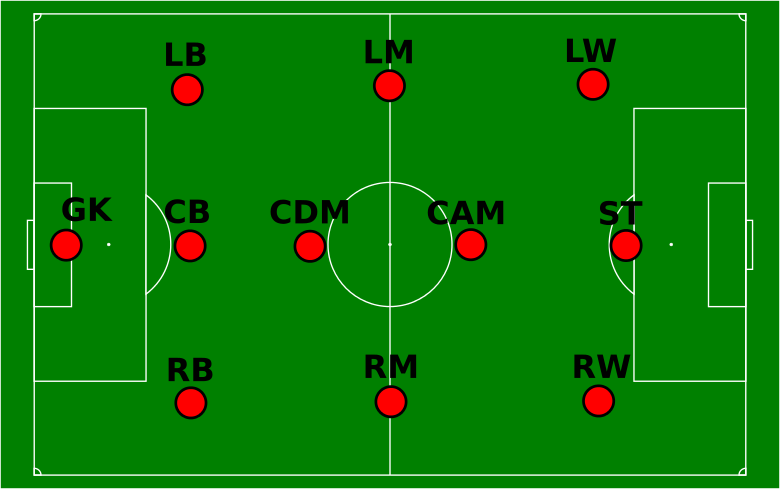[Sampling] Icarus et calage sur bornes minimales au 9ème colloque francophone sondages
Du 11 au 14 octobre dernier, nous étions à Gatineau (Québec) pour participer au 9ème colloque francophone sur les sondages de la SFdS. Un grand bravo à toute l’équipe organisatrice pour ce contenu scientifique de grande qualité et ce programme social très sympathique ! Nous avons donné les présentations suivantes : Cyril Favre-Martinoz et Thomas Merly-Alpa présentaient l’utilisation de méthodes de tirage spatialement équilibré dans le cadre de la création du nouveau plan de sondage “Nautile” de l’INSEE Tirage spatialement…

